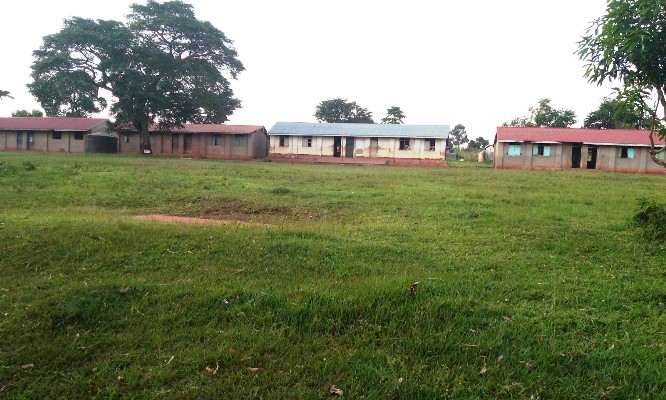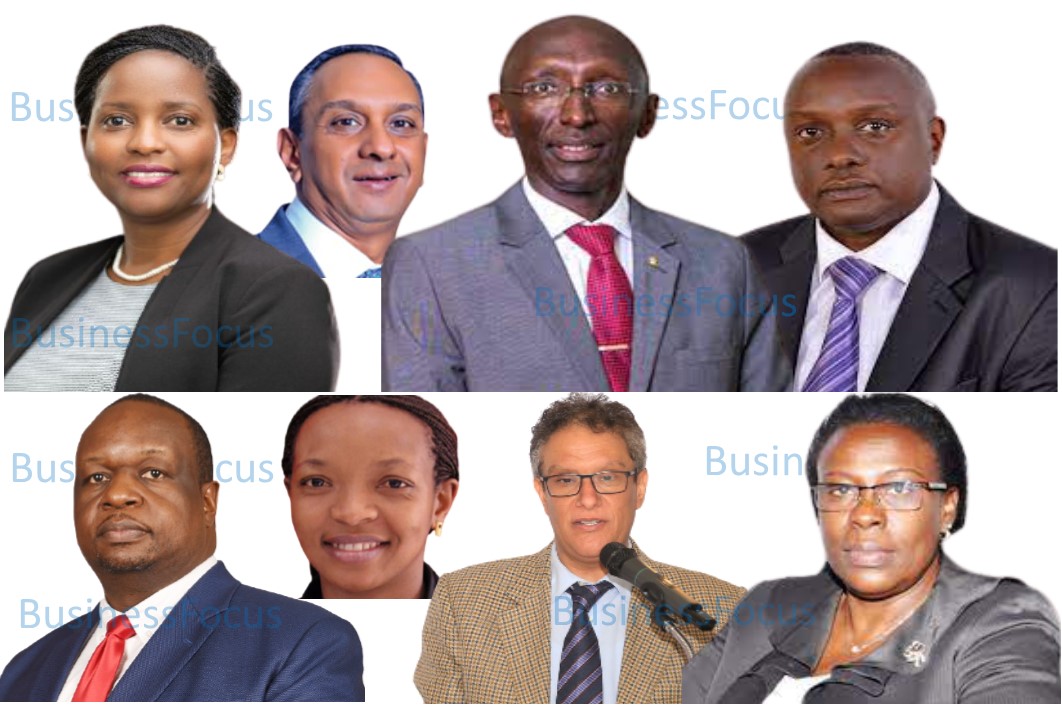Schools in Uganda are set to open for finalists on October12, 2020
In the wake of the coronavirus pandemic, governments worldwide, Uganda included, declared extensive lockdowns in a bid to control the spread of the virus that saw many sectors of the economy including the education sector come to a standstill.
Daniel Mukasa Ddamulira, founder and proprietor of St. Mark College Namagoma, in a webinar organized by dfcu Bank for the education sector revealed that Covid-19 took everyone by surprise, nobody was prepared, and so the schools were equally unprepared for this kind of experience.
“The pandemic broke out almost after we had just enrolled students for the new term especially senior ones and form five students. It was a shock for most of us as we had to break off. It’s like driving onto the highway and as you begin to accelerate with speed, you come to a halt. Initially, we had thought that it would be a short break. Many students left their belongings at schools,” Ddamulira remarked.
The education sector is a very huge sector that employs more than 2m people both in private and public institutions and supporting more than 15m students. Given its priority, schools had to find a way to survive in this time as Ddamulira explains. “We had to reorganize quickly and so soon to make sure we remain relevant to our students. We also had the staff to think about. We had to find quick ways of engaging our students, and in this case, parents were our major link to reach the students.We looked around for an online application that we could use. The quickest that most of us had was WhatsApp. We formed WhatsApp groups because the phones were readily available and many people had them,” he explained.
“Having devised a way to reach the students, there was still another hurdle to overcome. The biggest challenge was figuring out what to teach at this level. Teachers had to be reorganized, align on what to teach and how to teach. The question was – is it revision, additional materials, or are you simply trying to make sure you have good relations with the parents?” Ddamulira recounts.
Despite all these challenges, amid uncertainties, the engagements have gone on. Most of the candidate classes showed enthusiasm in the beginning but the flame was dying off. Now that the president announced the resumption of candidate classes, there is finally some hope. Some parents complained about data costs thus there wasn’t consistency. To make it worse, a large proportion of the students could not access the internet.
Another key challenge has been staff welfare – different schools have dealt with this issue differently depending on their ability. Some have terminated contracts, giving half salary and others have closed completely. Many schools have had a challenge of liquidity and banks have had challenges on how to deal with this.
Ddamulira appealed to the banks to give schools liquidity so that they can open again. “We expect schools to open officially next year so banks should work with us. Assess clients based on past performances, Schools won’t be closed forever!” he appealed.

Jennifer N Ssewagudde, the Relationship Manager dfcu Bank, highlighted that dfcu Bank has over the last couple of months restructured over 90% of the credit facilities that these schools were servicing with the bank.
“We saw that their cash flows were constrained knowing that the education sector was the first to be hit because the school business was closed first. Initially pushed it to four months with the hope that schools would be open in the third quarter of the year, but this didn’t happen so we have had to engage our clients and do a second restructure. We have pushed most of the payments to sometime next year – hopeful the first quarter next year,” Ssewagudde said.





